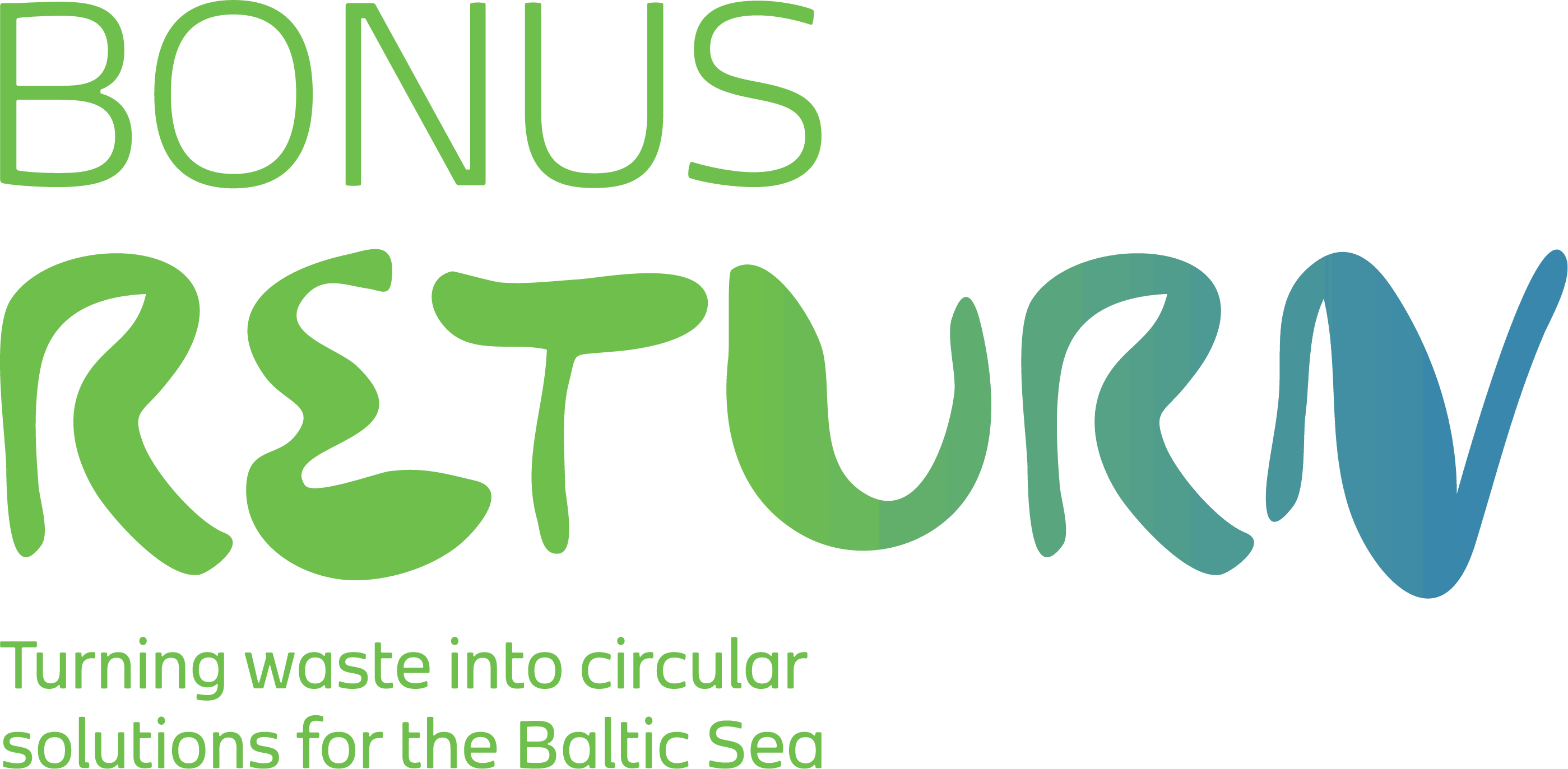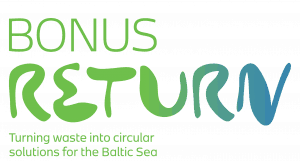Sustainability Analysis has been applied for the choice of eco-innovative water and wastewater systems for new city districts such as Norra Djurgårdsstaden in Stockholm. It has also been used for long-term strategic decisions of wastewater and organic waste systems, for example in Gothenburg, and has been applied for the selection of peri-urban water and wastewater management in the coastal areas of Southern Sweden.
In BONUS RETURN, this approach is being used to assess the sustainability of ecotechnologies identified through the Systematic Reviews and to shortlist innovative ecotechnologies in the Nutrients and Carbon Reuse challenge. Sustainability alternatives are evaluated based on how well they meet the required value of the ecotechnologies based on all the sustainability aspects and of national, regional and local objectives and policies.
The strength of the Sustainability Analysis is that it is based on all of the five sustainability criteria:
- Health and hygiene
- Choice of long term environmental issues
- Economic issues
- Socio-cultural issues
- Technical function
The two main objectives of the Sustainability Analysis section of the project are:
1- To evaluate sustainability aspects of ecotechnologies selected under the Evidence base of ecotechnologies, using a decision support-based framework for sustainability analyses for each of the catchment areas.
2- To identify upcoming innovations for reuse (Technology Readiness Level 5 or higher) from the Nutrients and Carbon Reuse Challenge, using the same sustainability criteria as above. The final results of this analysis provides a selection of interesting ecotechnologies for further development in the Innovation for Ecotechnologies part of the project.
A step-by-step systems analysis approach will be carried out together with local stakeholders to evaluate sustainability aspects of ecotechnologies by:
- Defining system boundaries.
- Selecting criteria covering health and hygiene, environmental issues, economy, socio-cultural dimensions and technical functions.
- Selecting and formulating different system alternatives based on the review of ecotechnologies from the evidence-based review of eco-technologies.
- Comparing different options using the selected criteria; done by using substance flow, cost- effectiveness and cost benefit analysis, energy analysis and qualitative assessments.

